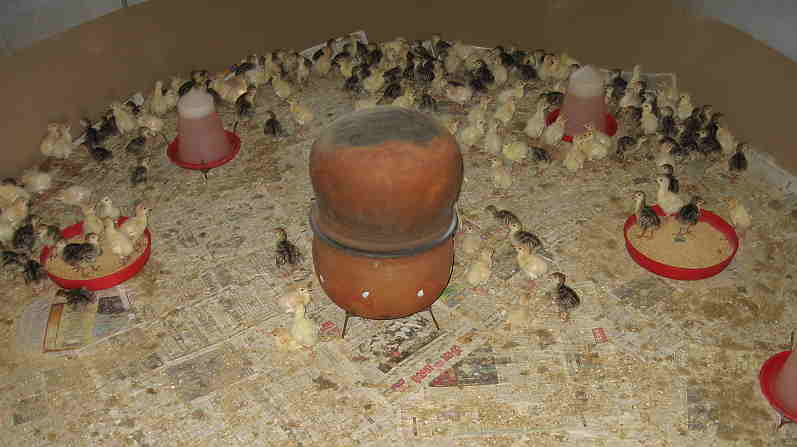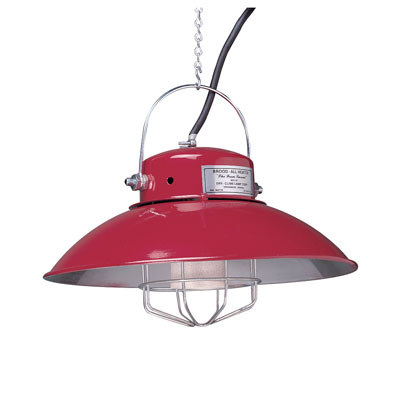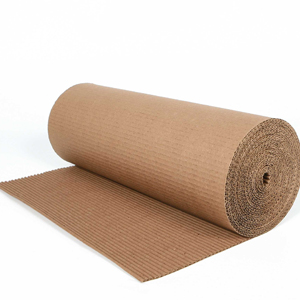IBrooding is the art and science of rearing baby chicks. A newly hatched chick does not develop the thermoregulatory mechanism fully and takes about two weeks to develop this mechanism and homeostasis. Therefore, they cannot maintain the body temperature properly for the first few weeks of life; and may be subjected to chilling, if not properly taking care of. Brooding can be classified into natural and artificial brooding.
Natural brooding
It is done with the help of broody hens after hatching, up to 3 to 4 weeks of age.
Artificial brooding
In artificial brooding large number of baby chicks are reared in the absence of broody hen. Equipments used for brooding are called brooders. Brooder comprises of three elements:
Heating source may be electrical, gases like natural gas, LPG and methane, liquid fuel like kerosene, solid fuel like coal, wood can be used as a heating material.
1) Charcoal stove / kerosene stove:
 |
Charcoal stove |
Where electricity is not available, ordinary charcoal / kerosene stoves are used to provide supplementary heat to chicks. These stoves are covered with plate / pans to dissipate the heat.
2) Gas brooder:
Gas brooder |
Natural gas, LPG or methane is connected to heating element which is hanged 3 to 5 feet above the chick to provide heat.
3) Electrical brooder:
Electrical brooder |
It is also thermostatically controlled heating system that spread required amount of heat uniformly above large area, this avoid crowding of chicks under brooder directly. One electrical brooder can be used for 300 to 400 chicks.
4) Infra-red bulbs:
Infra-red bulbs |
It is a self reflecting bulb. One 250 watts IR bulb can provide brooding for about 150 to 250 chicks.
5) Reflectors:
 |
Light reflector |
These reflectors are called Hovers. Flat type hover – These hovers are provided with heating element, heating mechanism and pilot lamp and in some cases thermometer is also there in order to record the temperature. Canopy type hover – These reflectors are in concave shape consisting of ordinary electrical bulb, thermostat mechanism and in some cases thermometer.
6) Brooder guard / chick guard
 |
Brooder guard |
They are used to prevent chicks from straying too far away from heat supply until they learn the source of heat. We have to provide brooder guard with a diameter of 5 feet, height of the brooder should not exceed 1.5 feet. For this purpose, we can use materials like cardboard sheet, GI sheet, wire mesh, and mat etc. depending upon the season of brooding. During winter season, brooding is done for 5-6 days. In summer season it is 2-3 weeks.
Receiving of chicks